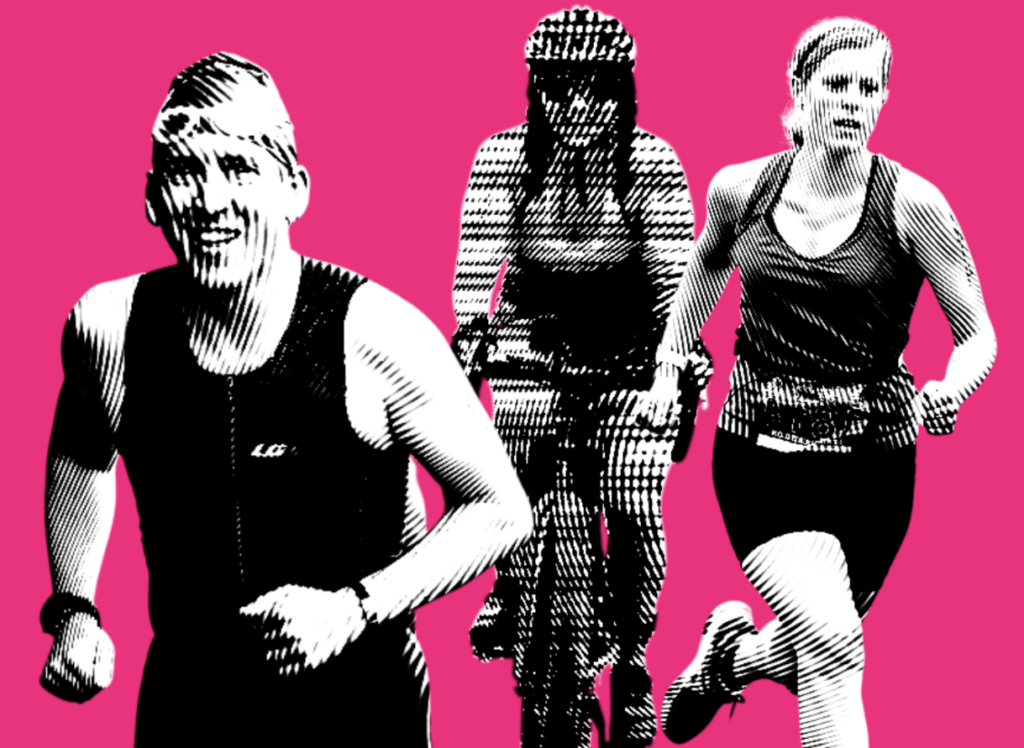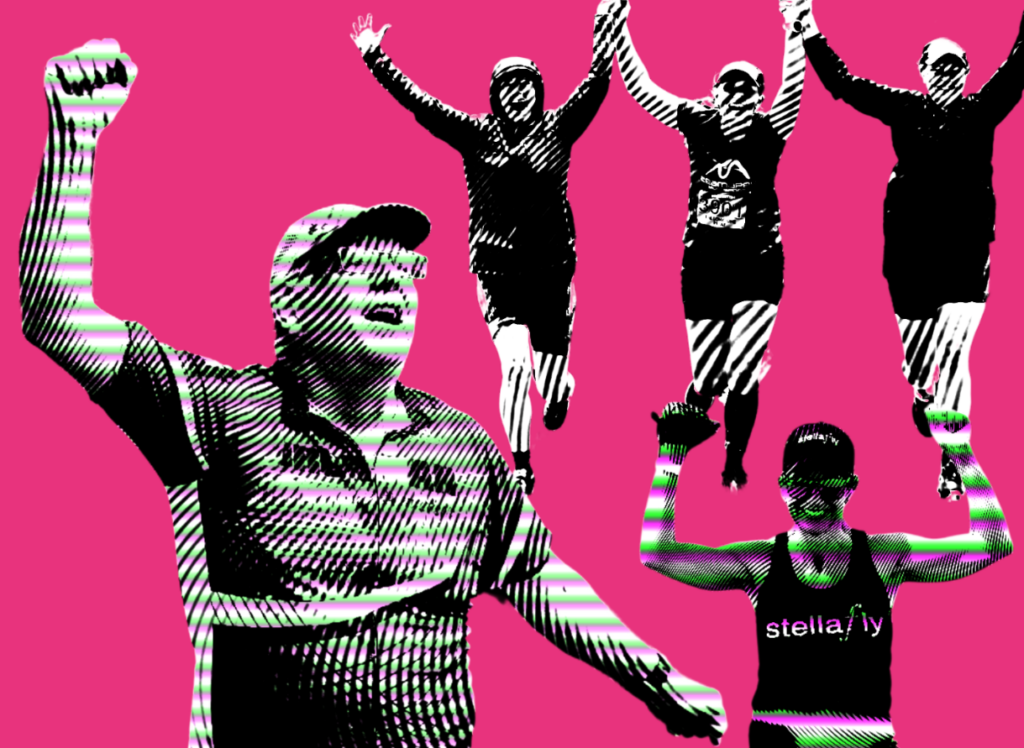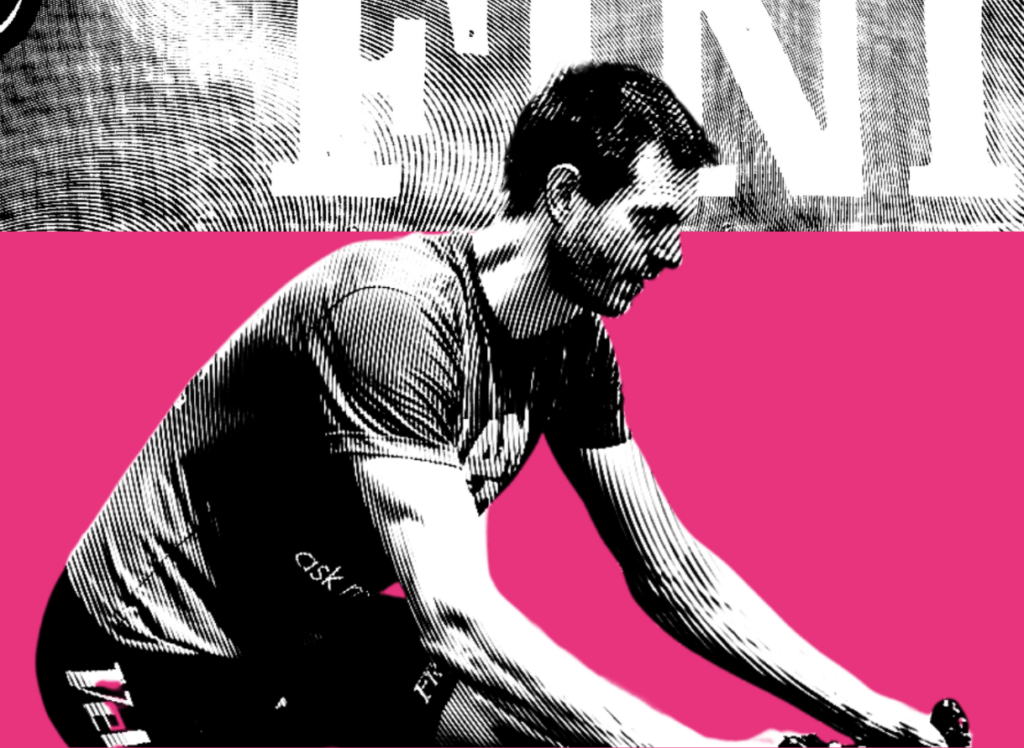
29 Feb Triumph Through Planning: A Holistic Approach to Your Triathlon Season
BY KARI STUART
Season planning is an element of triathlon training that many athletes overlook. If you’re lucky enough to find a race that you love, with lots of your friends and a great destination, planning your season is straightforward – pencil it in and work backwards from there. For others, some thoughtful preseason planning could be just what you need to make this season a major success. Let’s see if season planning is right for you…
-
- As a seasoned athlete, you participate in many events, but feel drained and on the verge of injury.
- You struggle with fitting your triathlon season in with family or work obligations.
- You are brand new to the sport and don’t know where to start.
- You are an elite athlete with big podium goals, looking to qualify for bigger events.
- While not concerned about podiums, you strive to perform your best and challenge yourself with different types of events
If you can relate to any of those scenarios, grab a paper and pencil! Let’s start planning your season!
SET YOUR PRIORITIES
Step one is to narrow down what you really want to accomplish. What is your goal? What about triathlon makes you feel excited and fulfilled? The more you dig in on your goals, you will begin to see your path much more clearly. A great way to truly assess goals is to run them through the smart and heart criteria. You can grab worksheets here.
These are called your Outcome Goals. Write each one on a sheet of paper.
SET SOME MILESTONES
Milestones are also known as Performance Goals. These might be a smaller performance objective, like a certain distance or pace, that supports your outcome goal. Shorter distance races or training events are also great milestones to gauge your progress. Milestones are important because they provide feedback to let you know if you should modify your process.
DEFINE THE PROCESS
Once you have set your Outcome and Performance goals, think about what it will take to get there. What daily, weekly or monthly behaviors are needed to achieve your goal? This is an often-overlooked step, but it’s the most important one. Afterall, you do not rise to the level of your expectations, but rather you fall to the level of your training.
Start jotting down your process. Your training plan is part of the process, but there are many other things that support your plan that you can note here. Studies have shown that athletes adhere to a training plan better when they have process goals that support their outcome goals.
These micro-goals look different for everyone throughout our seasons of life. For a beginner, that process might include acquiring new equipment or even learning how to swim. For a social athlete, their process goals may include prioritizing sleep, recovery and mobility, things to keep their body healthy. The performance minded athlete may need to refine their technique, nutrition or build strength to reach their outcome goal.
Run your process goals through the smart criteria to make sure they are clear and concise.

FINALLY…. LET’S PICK A RACE!!
It is quite possible that during your goal setting process, your ideal race will become crystal clear. The opposite is also likely – the race you thought you wanted to do, no longer fits your desired outcome! Or maybe you know what you want to accomplish, but you don’t know what that perfect event might be.
Let’s look at the factors to consider when choosing a race:
-
- Race date
- Race distance
- Geographic Location
- Course
- Camaraderie
- Logistics
- Budget
There’s a lot to think about. The weight you give to each of those considerations will vary depending on your goals and where you are in your tri journey.

RACE SELECTION FOR THE BEGINNER
Race selection is important for every athlete, but especially the beginner. Choosing the wrong race can throw a lot of unexpected challenges your way. The right race supports your strengths and provides support in the areas you need it most. The beginner will want to consider all of the race selection factors.
Without fully understanding your strengths yet, a hilly bike or run course or difficult swim conditions could provide a cascading challenge that affects the rest of your race day. Extreme weather (hot, cold, wind) may be a challenge you want to avoid for your first race as well.
There’s a lot to be said for a race with good communication and volunteer support, so reach out to the race directors and ask questions about the course and the support provided. You can also learn a lot about a race from the online reviews from other athletes.
A local race may be a good choice, too. There are so many moving parts with learning triathlon. Traveling (with a bike and tons of gear) adds a layer of complexity that can become stressful. A local race also offers weather and roads that are familiar, you may be able to connect with some friends (or make new ones!) and your support crew may appreciate it too.
Finally, I may get hate mail for this one, but I think there is value in starting small. There is so much to learn about triathlon and the experience of each distance is not just a learning opportunity, it also provides a big mental boost. Starting with a sprint helps you appreciate the work that goes into the longer distances, and the different speed and tactical skills required for each. If your goal is to do a long-course race this year, schedule a few shorter course races to be used as training events along the way.
Finally, pull out your calendar and choose an event that gives you enough time to build the fitness needed to cross the finish line. Depending on current fitness, give yourself 6 to 12 weeks to train for a short course race and 16 to 30 weeks for a longer course. Make sure that you don’t have anything on your schedule that will significantly pull you away from training within the four to six weeks prior to the event.
 RACE SELECTION FOR THE SOCIAL ATHLETE
RACE SELECTION FOR THE SOCIAL ATHLETE
For the social athlete, race selection seems like the easy part! This athlete naturally ranks camaraderie high in their selection criteria. However, without thought to the other criteria, the social athlete may find themselves getting burned out, injured, or feeling some extra stress on the home or work front.
Often, social athletes take a do it all approach. This approach may work for a few years, but injuries and burn out can catch up with you. This type of athlete should plan their season to support recovery and avoid overuse injury, race distance and dates, and other alternative events (like aquabike or swim only) may be a good compromise to keep the body healthy while still enjoying the race vibes.
Likewise, if you’re feeling strain from home or work with the frequent disruptions that racing can cause to your schedule, consider race date and location a bit more. Clear communication and a bit of compromise with your family and employer can often pave the way for more support. Consider sharing your goals with your supports, so they understand why triathlon is important to you.
NARROWING DOWN AN A RACE FOR THE SOCIAL ATHLETE
Ideally, an athlete will choose an A race or two each season, or maybe more depending on your level of resilience. This can be harder for the social athlete. Here’s an approach you could take to narrow down your races and support your goals.
First, list all of your events and put them in order by date. Then rank them by the level of challenge they present for you on a scale of 1 (easy) to 10 (hard). That challenge may come from distance, course, logistics, or any other factor but still give it a 1-10 score. Also include the dates of any important life or work events that you need to prioritize.
Review your list and if it is full of 1-5 events – go on with your bad self and have some fun. If your list is full of 6-10 events, let’s set some priorities.
Prioritize your challenging events by importance based on your goals, making sure they do not conflict with any life/work events. Narrow it down to 2-3 races and consider those races your A races. The other races are considered B or C races. B events support your A race, and therefore the timing should make sense for these events, and you should adjust the distance accordingly. Finally, the C races are just for fun and should not be physically taxing. Consider volunteering for events that conflict with your A race timing. I think you’ll find it to be equally rewarding.
 RACE SELECTION FOR THE PERFORMANCE DRIVEN ATHLETE
RACE SELECTION FOR THE PERFORMANCE DRIVEN ATHLETE
For performance driven or elite athletes, season planning is a major element in meeting their ambitious goals. The stakes are high for these athletes, so preparation and race selection are key!
For a professional, podiums mean income, and accumulating points can lead to the big purse! For the amateur elite, years of physical and mental preparation can go into just a few thoughtfully chosen events. The same goes for the performance-driven age-grouper. These events come at a high cost. For many athletes, training is like an additional part time job. But one that costs you a lot of money!
Performing at your peak means understanding your strengths and weaknesses and looking at any holes that can be filled. Notes from previous events can provide great insight into potential areas of improvement. Reflect on past seasons and races as part of the goal setting process and to help narrow down an A race best suited to your goals.
Once an A race(s) has been determined, an Annual Training Plan (ATP) should be developed. This plan plots out the entire season, week by week, on one sheet of paper (or spreadsheet in my case). It provides a roadmap for the season, so you can see strategically how to build up your training efforts and where to place your supporting events, aka B Races.
Supporting events provide an opportunity to practice pacing, nutrition, and evaluate fitness or work on tactics. However, racing is not always the best training for the performance driven athlete. Racing can cause unnecessary stress. Athletes tend to work harder at race than a normal training day – even when they set out to take it easy. Sometimes that is okay and a necessary part of training, but certainly not too often. So, choose your B and C races wisely and rely on the ATP to see the big picture.
LET THE TRAINING BEGIN!
By setting strong but flexible goals, choosing your races strategically, and structuring your training thoughtfully, you have taken the first steps on a rewarding race season. While it can be a bit of a process, planning your season with intention will set you up with a race schedule that that aligns with your priorities, availability and the things that matter most to you!
 As the owner of Stuart Coaching, Kari Stuart draws on a wide breadth of experience and knowledge to help athletes of all abilities achieve their endurance goals. She specializes in coaching triathletes, integrating performance science, functional strength, data analysis and effective communication to successfully balance an athletes training with their daily life. Learn more about her coaching by visiting her website: www.stuartcoaching.com
As the owner of Stuart Coaching, Kari Stuart draws on a wide breadth of experience and knowledge to help athletes of all abilities achieve their endurance goals. She specializes in coaching triathletes, integrating performance science, functional strength, data analysis and effective communication to successfully balance an athletes training with their daily life. Learn more about her coaching by visiting her website: www.stuartcoaching.com